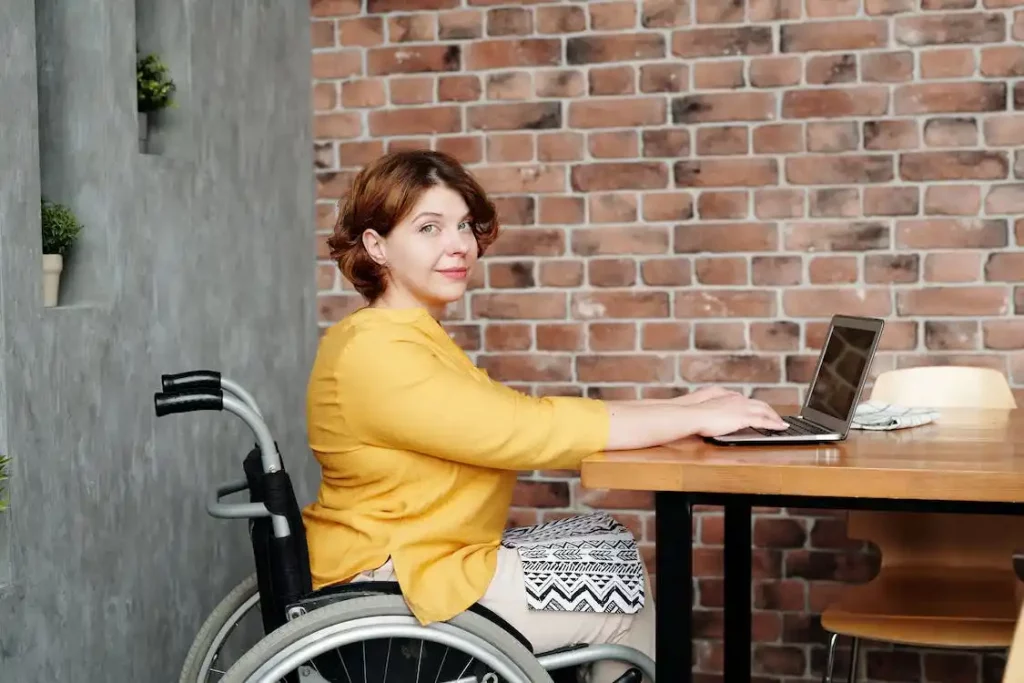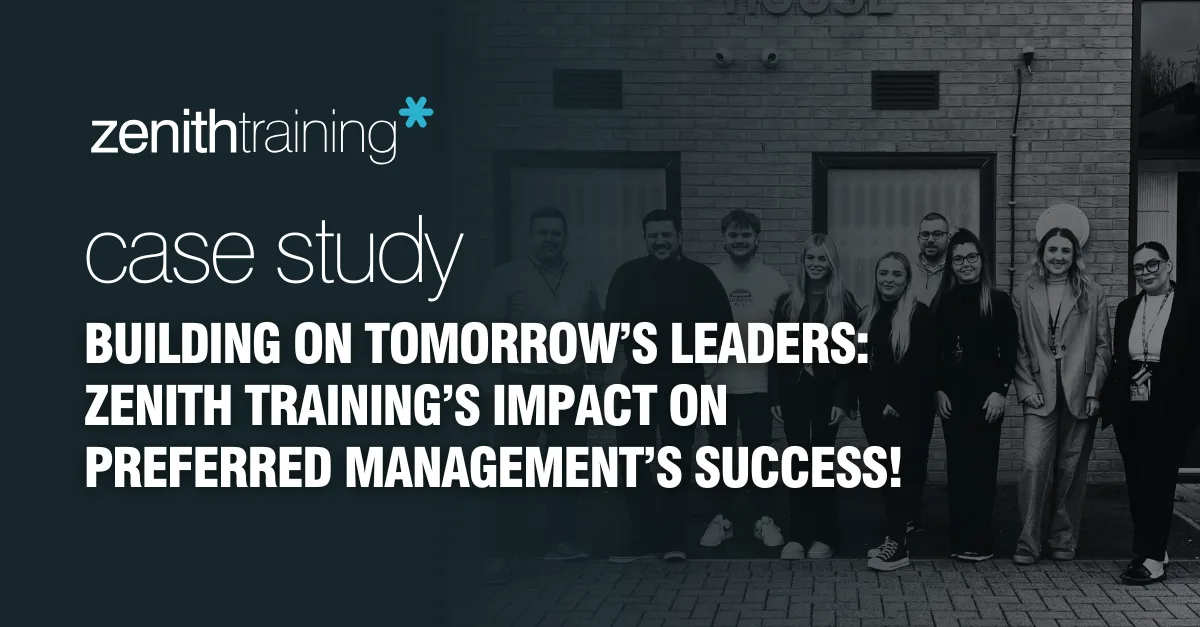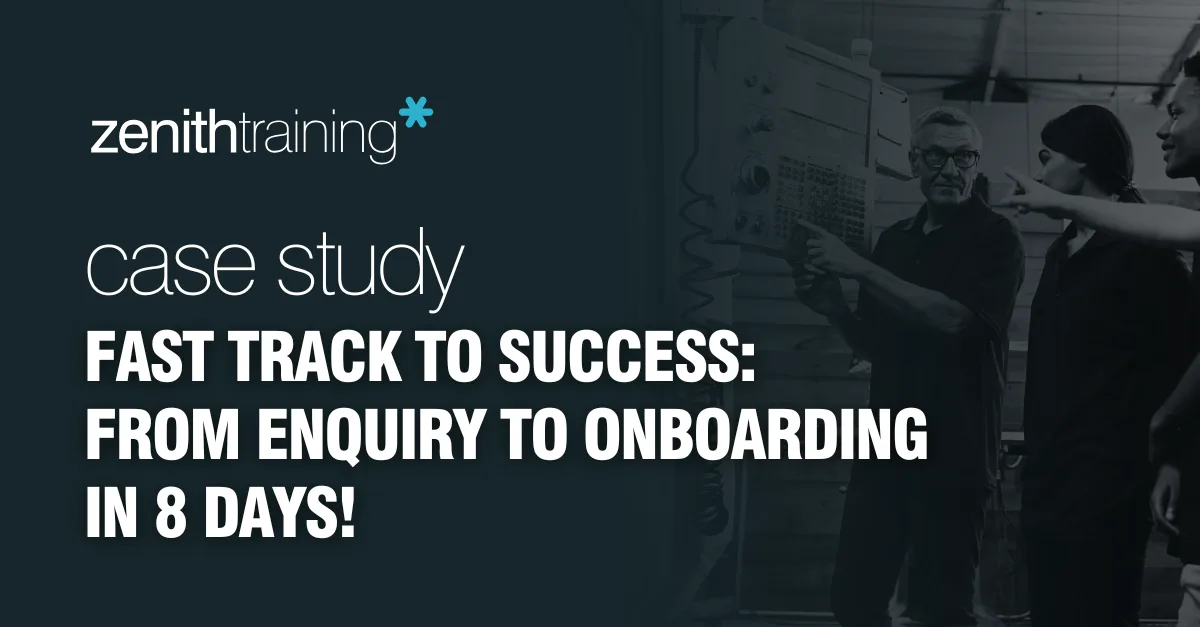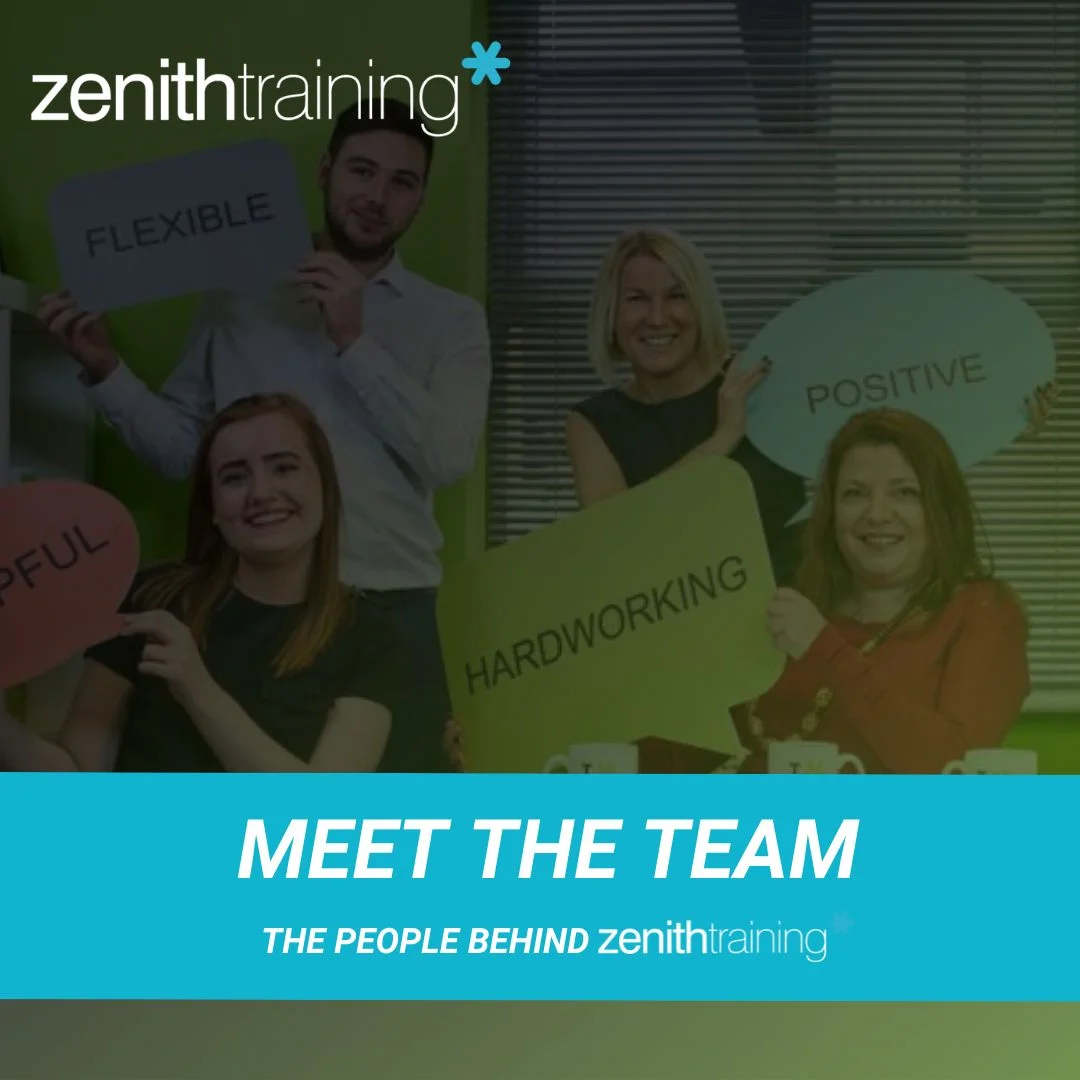Some disabilities are visible; some aren’t. Regardless, a workplace should always be inclusive and accessible to every individual (Take a look at this article to help understand what it means to be ‘accessible’ What does it mean to be accessible? – Alteristic). Thankfully, ‘Between 2013 and 2019, the disability employment gap has reduced; with the latest data showing roughly half of disabled people were in employment (53.2%) compared with just over four out of five non-disabled people (81.8%) (Labour Force Survey, LFS.
This blog post will outline how we all can boost inclusivity within the office to continue to reduce the disability employment gap!
1. Take into consideration a person’s needs throughout the interview process.
A job description should never exclude a person with a disability from applying for the role*; the interview process and the advertised position should be accessible for everyone to view, whether they have a disability or not. Some adjustments that can be made throughout these stages of the recruitment process include:
- Being clear and concise about the job, including the job title, salary, location and duties.
- Pushing the role in disabled spaces (Online or at places like the job centre).
- Consider your physical applications or job boards getting printed in Braille.
- Don’t bombard job descriptions with an overload of unnecessary content.
- Wheelchair users are to have their interview on the ground floor.
- Candidates are to complete any compulsory written tests using a computer.
- Any other reasonable adjustments a person may ask for.
*It is, however, important to state that some jobs may have an essential requirement that can not be met with any reasonable adjustments made in the workplace. If you reject a disabled candidate, it must be performance-based at the interview stage rather than having to make reasonable adjustments. For more information, visit Gov.org Recruitment and disabled people: Job specifications – GOV.UK (www.gov.uk)
2. Office Environment
It’s hard to create the perfect environment within the office to accommodate everyone; however, when office accommodations aren’t available, other accommodations should be made in their place. An example of this is allowing someone who may be on the autistic spectrum to have hybrid working conditions to stop any overstimulation. This may come from several places, such as noise (people talking over each other in the office), bright fluorescent lights, or sensory issues that could come from the feeling of objects or clothes etc.
The office being physically accessible is also an essential step in boosting inclusivity; examples not only include the obvious, such as providing an accessible toilet, but ensuring that other areas of the office do not exclude any individual. It’s a good idea to consider whether other resources within the office are also inclusive. This could include placement/type of office snacks, access/types of cutlery, whether or not particular forms of entertainment within the office are accessible, and whether social events (such as office Christmas parties) are accommodating.
Most offices aren’t equipped already for every type of disability; however, adjustments should be made on an individual basis.
3. Physical accessibility.
When everything is already accessible, you never really think about others’ accessibility issues within the workplace; work buildings should always have ways for people who don’t have 100% psychical accessibility to enter the building and work without any problem. These accommodations could be through elevators (lifts), wheelchair ramps and automatic doors. Suppose any of these aren’t available for a particular reason. In that case, alternatives such as working on a lower level in the office should always be made available, as well as any help navigating around the office as a person needs.
4. Technical help must be available.
Most of us probably take for granted how we can use technology such as our mobile phones daily without any issue; however, that is not the reality for people with a disability. Some people find it challenging to utilise technology how it is meant to be used daily; it may take a person with a disability slightly longer to understand and learn how to use it. It’s essential that if this is the case, people get the chance to understand new technology at their own pace, when possible,
Suppose a person is Autistic or has ADHD. In that case, the software is available to block out distractions/overstimulating bright lights on your computer screen while at work, allowing a person to concentrate more manageable and not get overstimulated by the screen.
Employers should try to accommodate individuals by supplying technology that helps them do their job more effectively while improving their life in other aspects.
5. Do not assume
Assuming a person’s ability to do something is never helpful, keep an open mind regarding mental and physical needs; many disabilities and illnesses are invisible. Having the processes within the office just in case you need them is more accommodating than not. For example, if someone is neurodivergent, sometimes it’s not apparent at first glance or all; many individuals who are autistic or have ADHD spend most of their time within the workplace masking their symptoms.
Why not look at our other blogs if you need more help applying for jobs and understanding the recruitment process? News – Zenith People We outline various topics such as ‘How to dress for a Job interview’, ‘How to accept a job offer, ‘How to ask for a pay rise’, and many more.







